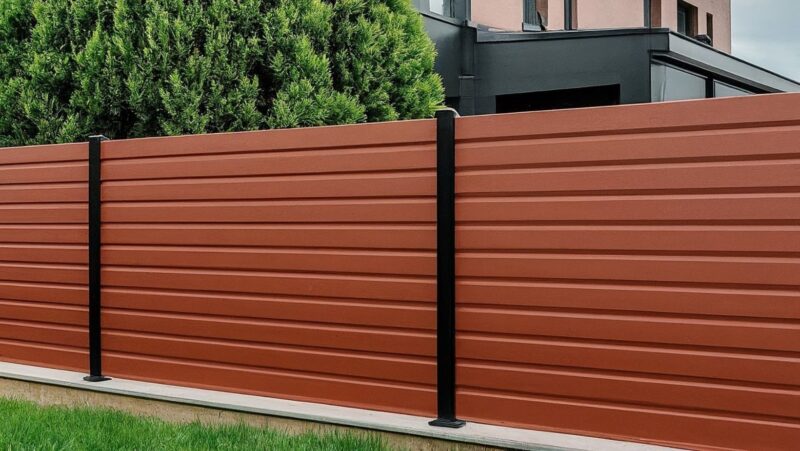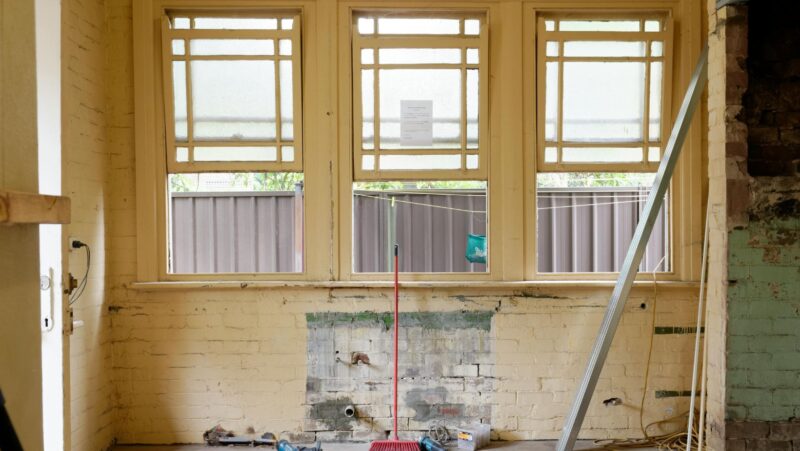Building a deck in Minnesota so you can enjoy your outdoor space comes with its own set of challenges because of its extreme weather. The state goes through very hot summers and extremely cold winters, along with a lot of snow and humidity. These conditions mean that choosing the right materials for your deck is very important to avoid constant repairs or having to rebuild it too soon.
If you use materials that aren’t strong enough for Minnesota’s weather, your deck could end up with problems like warping, cracking, and rotting because of the moisture and the freeze-thaw cycles. It’s important to pick the right materials for a deck that will last and work well in Minnesota’s tough weather. In this article, we will go over several tips to help you choose the best materials.
Table of Contents
ToggleComposite Decking
Composite decking is a popular choice in Minnesota due to its durability and low maintenance requirements. Brands like Trex, Timbertech, and Azek offer high-quality composite materials that are designed to withstand challenging weather conditions.
These composites are made from a blend of wood fibers and plastics, which helps them resist rotting, warping, and insect damage. Those are common issues in humid and unstable climates that are common in Minnesota.
Trex is known for its deep wood-grain patterns and luxury colors, making it a visually appealing option that mimics the natural beauty of wood without the upkeep. Timbertech, on the other hand, boasts a high-performance shell technology that protects against fading, staining, and scratching. Azek’s products stand out for their superior resistance to mold and mildew, which is particularly useful in Minnesota’s wet conditions.
These are materials that are popular with just about every Deck Builder in East Bethel Minnesota such as Thunderstruck Restorations.
Many people add aluminum railings to their deck for better durability and reduce maintenance. Aluminum railings do not rust or corrode, making them an ideal choice for adding safety and style without the worry of frequent replacements or repairs.
Wood Decking Options
In Minnesota, wood decking is always a popular choice for its natural beauty. One issue is that wood doesn’t always hold up well in a place like Minnesota. There are some options that do last and are well-suited to the weather challenges. Two popular options for wood decking include green treated lumber and cedar because they generally last longer as far as wood options go.
Green treated lumber, also known as pressure-treated wood, is a cost-effective option that has been treated with preservatives to resist decay, rot, and insect damage. It’s available just about everywhere and is a durable solution for Minnesota’s fluctuating weather conditions.
Cedar is another popular choice because it can resist decay and insects. Its distinct aroma and warm tones add a rustic charm to any outdoor space. Cedar decking tends to be more expensive than green treated lumber but requires less maintenance over time.

While cedar naturally weathers to a silver-gray patina if left untreated, applying a protective sealant can help maintain its original color and prolong its lifespan in Minnesota’s harsh climate.
Redwood decking shares a lot of properties with cedar but has its own unique characteristics. Like cedar, redwood is naturally resistant to decay, rot, and insect damage, making it an excellent choice for Minnesota’s climate. Its rich, reddish-brown color and fine grain lend a luxurious aesthetic to outdoor spaces, enhancing the overall beauty of your deck.
Redwood tends to be slightly more expensive than cedar but can vary depending on availability and grade. Although it’s not as commonly found in Minnesota as cedar, it can still be sourced from specialty lumber yards or ordered from suppliers.
Aluminum
Aluminum decking may seem like an unconventional choice for colder climates like Minnesota, but it has a few unique advantages that make it worth considering.
One of the best features of aluminum decking is its durability. Unlike wood, aluminum is not susceptible to rot, decay, or insect damage, making it an ideal option for withstanding Minnesota’s harsh weather conditions. It can withstand extreme temperatures, including freezing winters and hot summers, without warping or cracking.
In terms of maintenance, aluminum decking requires minimal upkeep compared to wood or composite materials. It does not need staining, sealing, or painting, saving you time and effort in maintenance.
Alternative Options
There are a few new materials coming onto the market which should be on your radar if you are planning a deck build. One example is bamboo composites. These use bamboo fibers mixed with recycled plastics to make a strong and eco-friendly decking option.
Bamboo is a rapidly renewable resource that regenerates much faster than traditional hardwoods, making it a more sustainable option for decking.
Choosing bamboo composites for your deck also means less work. They need less maintenance than wood, so you won’t have to use as many chemicals or treatments. Plus, they last a long time because they’re resistant to rot, mold, and bugs.
Recycled plastic decking is another sustainable and durable option. This type of decking is made from recycled plastics, such as high-density polyethylene (HDPE) or polyvinyl chloride (PVC), which are reclaimed from post-consumer and post-industrial sources.
One of the key advantages of recycled plastic decking is its smaller carbon footprint. This decking option helps keep plastic waste out of landfills and reduces the demand for virgin plastics.

Recycled plastic decking has several benefits in terms of durability and maintenance. It doesn’t rot or get moldy and won’t be attacked by insects, making it well-suited for outdoor use in climates like Minnesota’s. Recycled plastic decking does not require staining, sealing, or painting like traditional wood decks.
Conclusion
We hope this article has provided some insights and guidance to help you through the process of selecting the best materials for your deck in Minnesota. With the right choice and care, your deck can become your favorite area of your home where you can relax, entertain, and enjoy the beauty of the great outdoors for many seasons to come.





